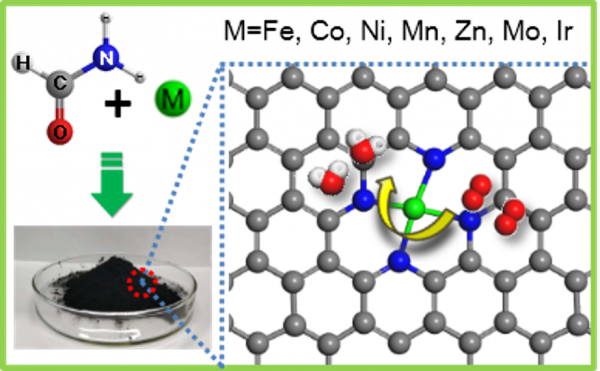分享到
A general route via formamide condensation to prepare atomically dispersed metal–nitrogen–carbon electrocatalysts for energy technologies
2019
期刊
Energy & Environmental Science
作者
Guoxin Zhang
· Yin Jia
· Cong Zhang
· Xuya Xiong
· Kai Sun
· Ruida Chen
· Wenxing Chen
· Yun Kuang
· Lirong Zheng
· Haolin Tang
· Wen Liu
· Junfeng Liu
· Xiaoming Sun
· Wen-Feng Lin
· Hongjie Dai

- 卷 12
- 期 4
- 页码 1317-1325
- Royal Society of Chemistry (RSC)
- ISSN: 1754-5692
- DOI: 10.1039/c9ee00162j



